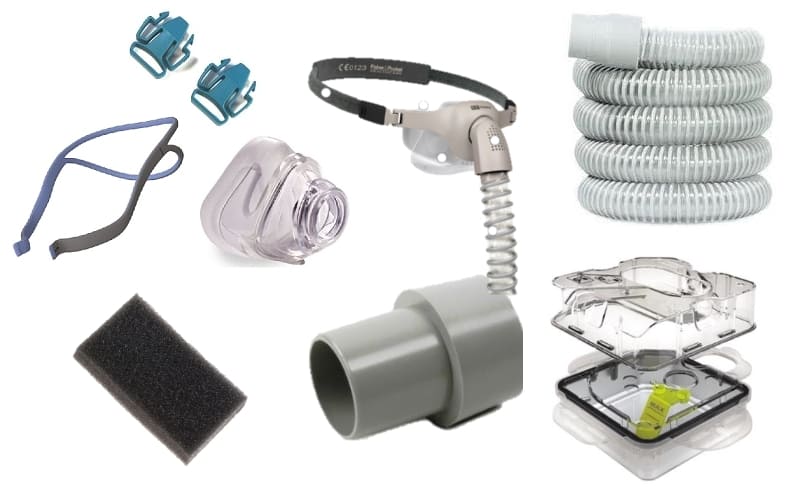
CPAP machines aren’t a one size fit’s all proposition. While they all essentially serve the same general function, that doesn’t mean that any off the shelf option will be right for you. Depending on your interests, the size of your face and head, how you sleep, and your environment, there are a number of ways in which you can augment or modify your CPAP machine to make it work for you.
CPAP Portability Solutions
Just because you need to use a CPAP machine while you sleep doesn’t mean that you are tethered to your home. With the right accessories, a CPAP machine can become easily portable and may be used anywhere, even when camping.
Batteries
In your home, your CPAP machine will undoubtedly be plugged into a wall to ensure that your machine remains powered throughout the night to deliver your sleep apnoea therapy. CPAP machines require constant power to run, but with a compatible battery pack, you can rest assured that your machine can function all night, no matter if you’re sleeping in a tent, on a plane or train, or have had a blackout in your local area.
Not all external batteries for CPAP machines are the same, but the majority offer a number of similar features, such as delivering between eight and 13 hours of uninterrupted power, a low profile design so they are easy to pack, and fast charging from a power point. The ResMed Power Station II, for example, is a lithium ion battery that can deliver up to 13 hours of CPAP machine power and can be charged to around 95% capacity in four hours. The battery weighs just shy of a kilogram.
The Philips Respironics DreamStation Go Battery Pack, offers similar performance for Philips Respironics branded machines.
If you need more power, or know that you will be without power for more than 13 hours, power banks are also available for some makes of CPAP machines. Power banks either feature larger, heavier rechargeable batteries capable of holding 30+ hours of charge or allow you to link a number of smaller batteries so that power is drawn from all of them evenly.
Travel Accessories
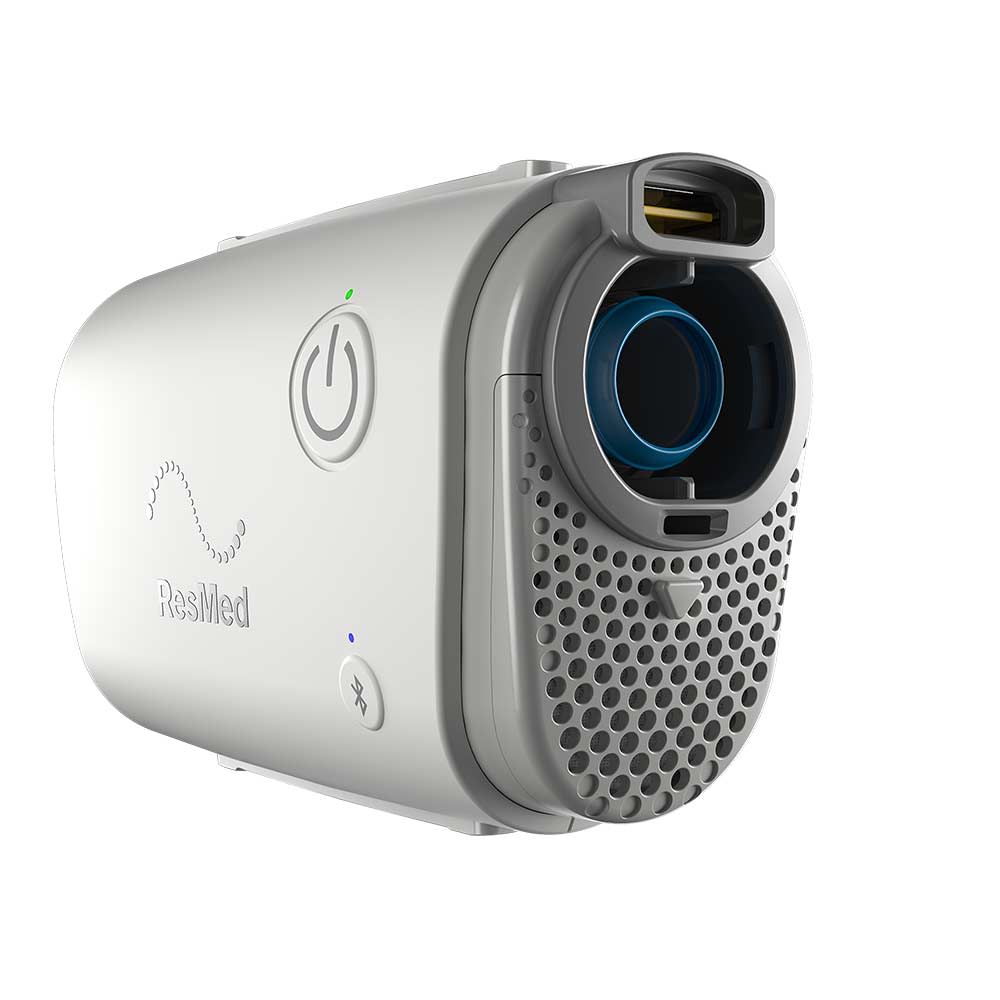
Most CPAP machine manufacturers also sell travel carrying cases designed to hold and protect a CPAP machine in transit, no matter if it’s in a car or on a train. If you travel a great deal, there are a number of travel size CPAP machines available. These machines are designed for in-flight carry-on luggage, and typically weigh around a kilogram with a form factor around half the size of a standard at home CPAP machine. Depending on the pressure needed for your CPAP therapy, a travel CPAP machine may not necessarily be a viable option for everyone.
CPAP Mask Accessories
There are a huge number of accessories available to modify and customise a CPAP masks, including cushions and pillows for comfort, straps, headgear, filters, diffusers and more.
Comfort
Ensuring that your CPAP mask is comfortable is one of the most important things you can do to make sure that your sleep therapy works. If your mask is uncomfortable then you’ll most likely have a much harder time falling asleep in the first place.
Cushions and Pillows - although they essentially serve the same purpose of making your mask as comfortable as possible, they are not interchangeable terms. Cushions are barriers that sit between the mask and your face. Cushions can be made from a number of materials, including memory foam, gel, silicone and the like that can conform to the contours of your face to prevent leakage while minimising any pressure or irritation from the mask.
Cushions are used with full-face, oral and nasal masks. Pillows are plugs that fit in the nose or attach to the nostrils. They are used exclusively with nasal pillow style CPAP masks.
Fit
How well a mask fits is also essential when it comes to the effectiveness of your therapy. Your mask or pillow must be tightly attached to ensure that the fit is airtight and won’t shift if you move around while you’re asleep.
Headgear - your mask is attached to your head with strapping typically referred to as headgear. How these straps connect the mask to your head, and how expansive the strapping is depends on the style of mask you are using; nasal pillows typically use the least strapping, while full-face masks typically require more elaborate headgear.
If your headgear isn’t holding your mask on tight enough, or is causing irritation or pain, you may be able to find alternate headgear compatible with your style of mask made from a number of different materials for a better, more comfortable, irritation-free fit.
If you’re happy with the fit of your headgear but are after a little more comfort, padded headgear sleeves or cushions are also available to give some extra padding to straps.
Mask Frames - the mask frame is one of the most important parts of a CPAP setup when it comes to the fit and feel of a mask. The frame essentially connects the mask itself and the headgear, and really determines how comprehensive or minimalistic the fit of your mask is. If you need to wear a full-face mask but experience feelings of claustrophobia while wearing it, switching to a more minimalist mask frame may help alleviate or lessen the feeling.
Liners and Pads - reusable and disposable mask pads and liners are available for people that experience soreness or irritation from their masks. These pads and liners fit between the cushion of the mask and your face, giving an extra layer of protection from irritation while still maintaining an airtight seal.
Some liners also offer extra benefits, such as allowing people to use facial products during sleep without having to worry about slippage or affecting your mask, or absorb facial oils and moisture. Liners come in multiple sizes and styles for use with different kinds of masks (oral, nasal and full-face). Pads are typically smaller and are designed to give extra cushioning to one part of your face such as the bridge of the nose.
Chin Straps - while not actually part of a mask, chin straps, also sometimes referred to as chin restraints, may be used in conjunction with nasal pillows or nasal masks to ensure nasal breathing during sleep. A chin strap is a soft elastic form of headgear that fits under the chin and around the back of the head, holding the moth closed to encourage nose breathing.
Some, more comprehensive chin straps may also cover the mouth to enforce nose breathing. Chin straps can fit under or over CPAP mask headgear.
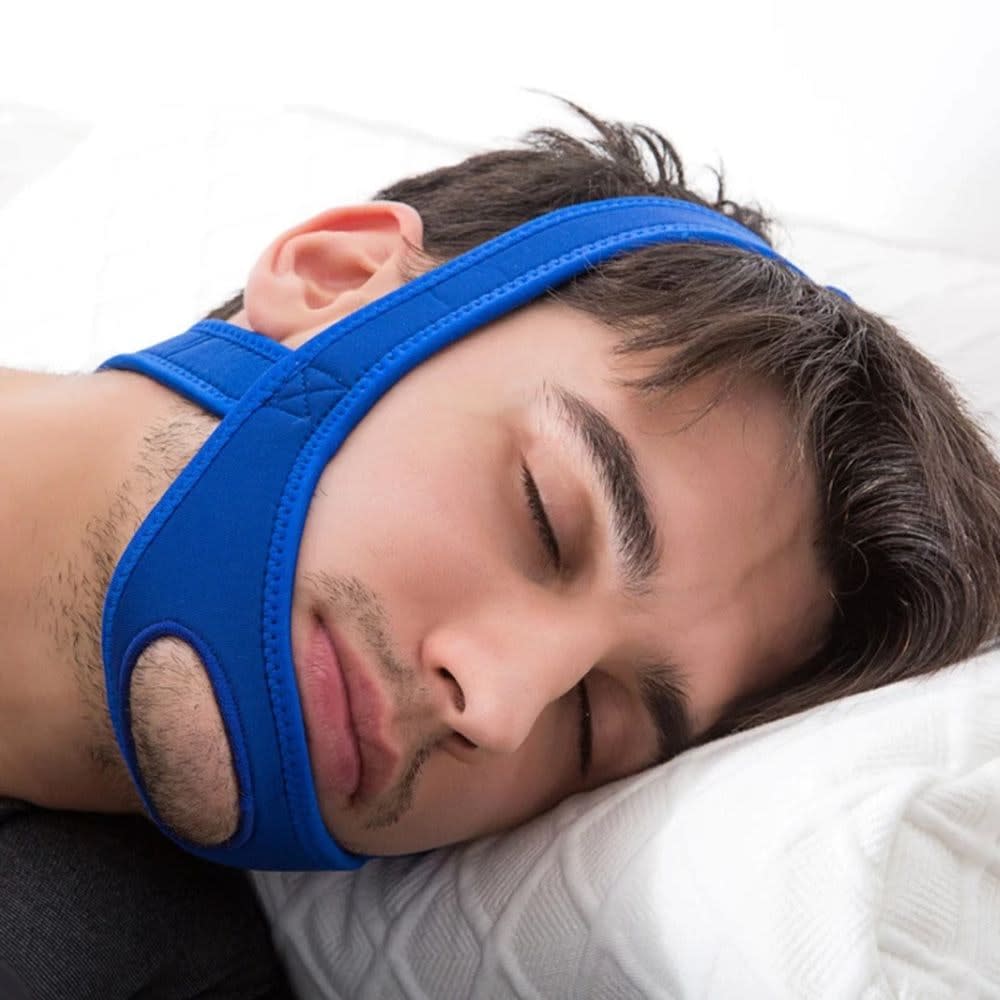
Machine Accessories
While all CPAP machines essentially perform the same task - delivering a constant flow of positive airway pressure - there are things you can do to make your CPAP machine deliver a more comfortable experience, helping you sleep throughout the night.
Humidifiers - according to easybreathe.com, around 40% of people using CPAP machines experience a dry mouth, stuffy nose or irritated sinuses due to dry air being delivered to the mask. When breathing normally, our noses (and to a lesser extent our mouths) work as a kind of natural humidifier, warming the air we inhale so that it won’t irritate or cause discomfort to our airways.
When using a CPAP machine, air is delivered to your airways faster than normal, meaning that your body can’t heat it adequately before it enters your airways. This is what causes dry mouth, sinus irritation and the like. To counteract this, many CPAP machines feature connectors for optional humidifiers, allowing users to control the amount of moisture in and the heat of the air they are delivered.
CPAP humidifiers operate by forcing air through a heated water chamber before it is delivered to the mask. When air passes through the chamber, the air is both warmed and absorbs some water vapor, making breathing more comfortable.
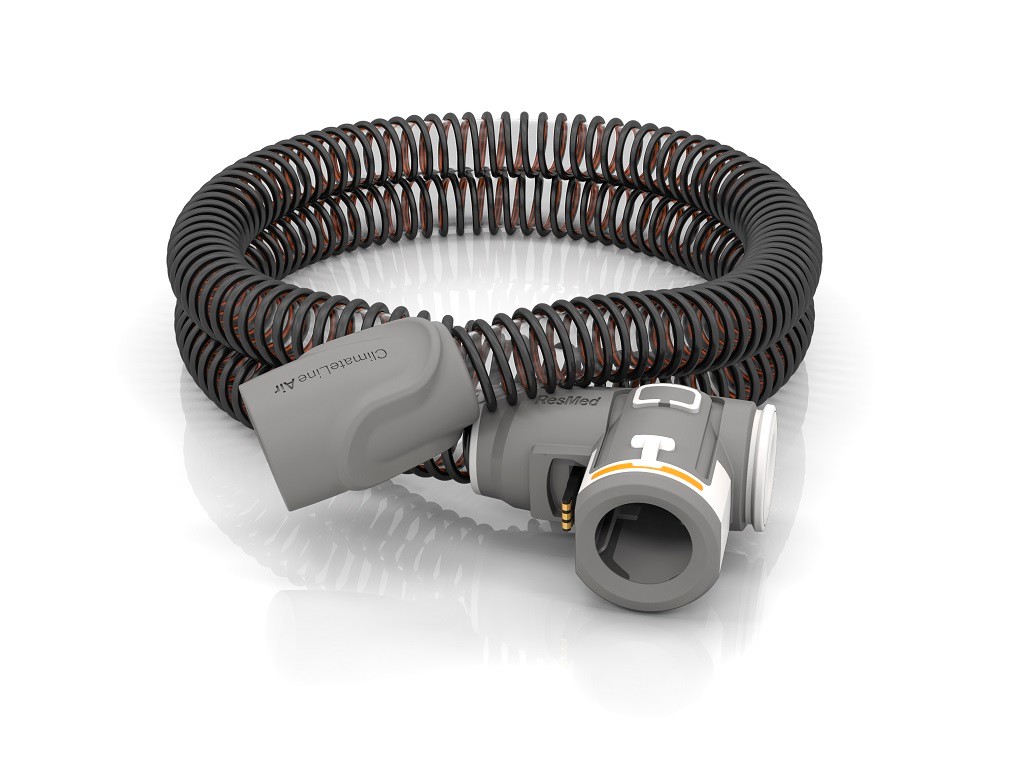
Heated Hoses - a common side effect of using a CPAP humidifier is referred to as rainout. When humidified air travels through the hose to the mask, some of the water vapor in the air condenses and is delivered to the mask as water, not vapor. Although the amounts of water are small, this typically results in a damp face.
Heated hoses allow you to maintain the temperature of the humidified air as it is delivered to the mask, meaning that the water vapor doesn’t condense. Heated hoses may also be used to warm air in cold climates to make breathing more comfortable year round.
CPAP Pillows
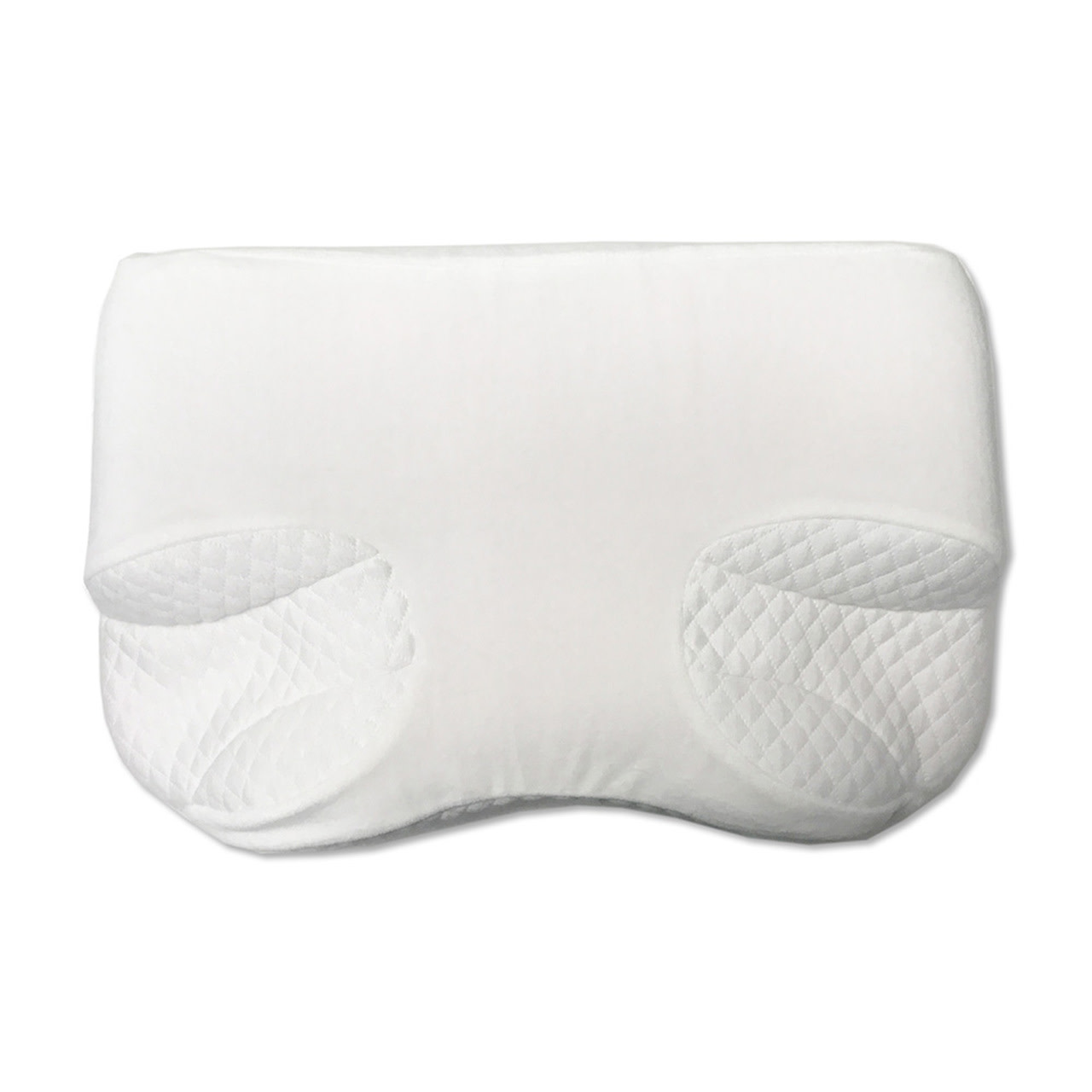
Having a good, supportive pillow is an essential part of any sleep hygiene plan, but there are also pillows available designed for use with CPAP machines. These pillows are typically designed with side sleepers using a full-face mask in mind and feature cutouts or indents designed to accommodate both a mask and the attached hose.
The major problem that CPAP pillows have been designed to overcome is minimising mask movement and leakage, especially if you’re an active sleeper. Rolling from your back to your side while wearing a full-face mask may lead to the mask becoming dislodged or the exhalation ports on the mask being blocked by being pushed up against a regular pillow. The cutouts in CPAP pillows allow mask users to sleep on their sides without placing any pressure on the mask or hose.
Having the exhalation ports in a mask blocked may lead to increased pressure needed for exhalation. This in turn may lead to discomfort and interrupted sleep, or a mask leak, making the therapy inefficient.
CPAP pillows are typically made from either memory foam or have a fibre filling. Memory foam pillows are especially good for supporting the head and neck in a single position, making them good for both sound sleepers and to help active sleepers maintain a sleep position throughout the night.
If you worry you might have sleep apnoea, schedule an appointment with a sleep apnoea specialist at ResMed . The fastest and easiest way to search for and book healthcare appointments online is through myHealth1st.